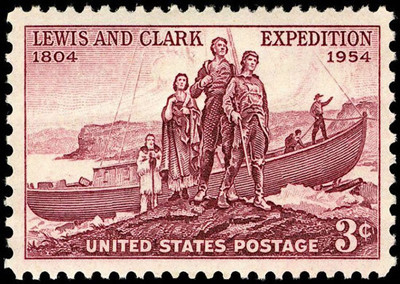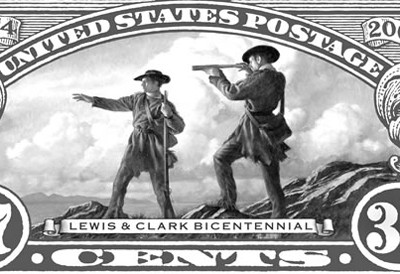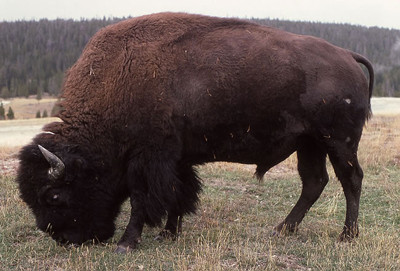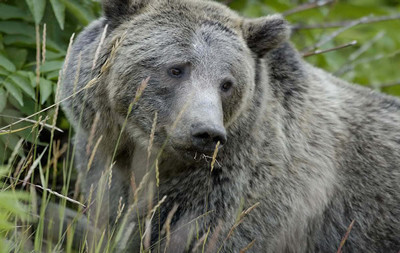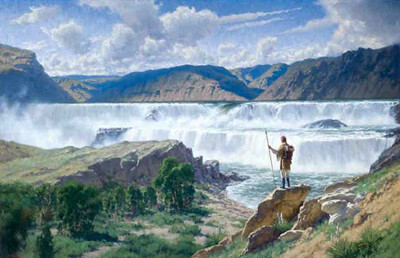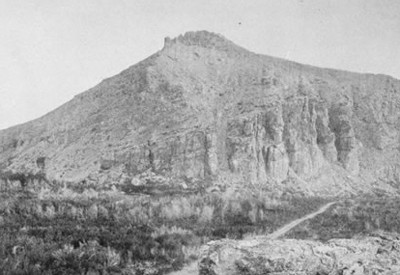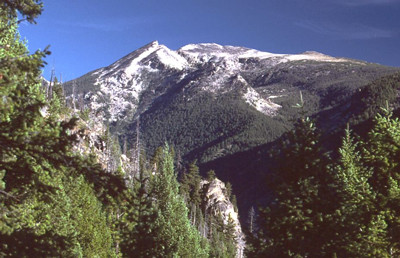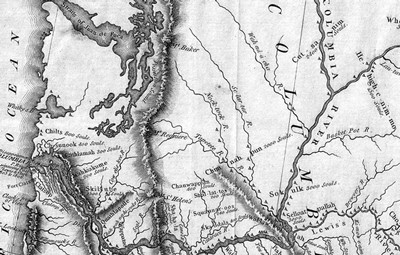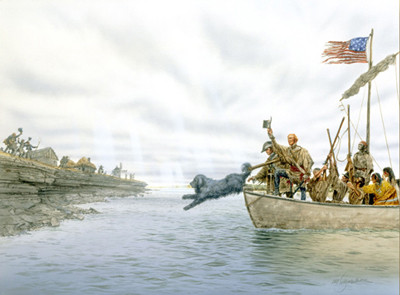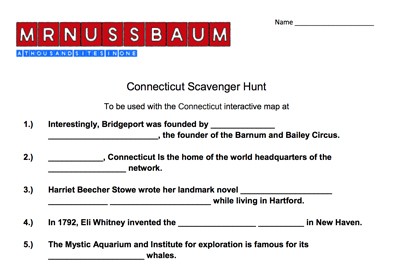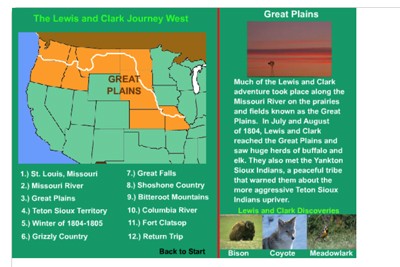Advertisement
This page contains a description of the freezing winter 1804-1805 at Fort Mandan.

Fort Mandan
Winter Camp in the Bitter Cold
Following the tensions in Teton territory, the Corps traveled northwest along the Missouri River. On October 24, 1804, the Corps reached the villages of the Mandan Sioux near present-day Bismarck, North Dakota called Mitutanka and Nuptadi. It was here, across the river from Mitutanka that the Corps decided to set up winter camp ahead of the icing of the Missouri River, which they called Fort Mandan. Ice on the river would become so thick during the Dakota winter, that herds of buffalo could safely cross. In addition, temperatures during the Dakota winter could drop to -45 Fahrenheit, which caused several members of the expedition to develop frostbite.
Fort Mandan
Fort Mandan was constructed of cottonwood lumber cut from the banks of the river. Triangular in shape, the fort was built with high walls, open spaces between buildings, and with a gate facing the river. On the return trip, the expedition found that Fort Mandan had been burned to the ground.
The Mandan Sioux
The Mandans were familiar with European traders who had visited the region to trade for Mandan corn for generations. The Mandan Sioux, however, were not used to seeing African-Americans and were mesmerized by Meriwether Lewis' African-American slave York, whom they believed had great spiritual powers.
Trade
The Corps quickly established peaceful relations with the Mandans and also attempted to broker peace between the Mandans and the Arikaras, who lived nearby. The Mandan Sioux provided the Corps with food throughout the bitter winter in exchange for trade goods such as metal objects, pots, and other trinkets.
Enter, Sacagawea
It was during the winter of 1804-1805, that Lewis and Clark hired French-Canadian fur trapper Toussaint Charbonneau and his Shoshone wife, Sacagawea, to translate for them as they turned west toward the mountains. On February 11, Sacagawea gave birth to a son named Jean Baptiste who would travel with the expedition on his mother's back. To this point, communication with local natives had been difficult at best and at worst had threatened the entire expedition.
Documenting Flora and Fauna
During the winter, Lewis and Clark spent much of their time writing in their journals and documenting the flora and fauna they had observed or collected. 108 plant specimens and 68 mineral specimens were sent via keelboat to St. Louis, Missouri, where they'd next be delivered to Thomas Jefferson, who waited eagerly for such deliveries.
Moving On in the Spring
In the spring, when the torrential rains and warming temperatures melted the ice on the river, the Corps bade their Mandan hosts farewell and continued the journey along the Missouri.

Did You Know?

Despite the fact that Sacagawea is portrayed on U.S. coins and postage stamps, no drawings, sketches, or portraits of her are known to exist. Any depiction of her is purely a guess.
Lewis and Clark Adventure: |
| Part 1: Introduction |
| Part 2: Into the Wild |
| Part 3: Teton Sioux Territory |
| Part 4: The Mandans |
| Part 5: Grizzly Country |
| Part 6: Great Falls of the Missouri River |
| Part 7: Shoshone Country |
| Part 8: The Bitterroots |
| Part 9: The Columbia River |
| Part 10: Fort Clatsop |
| Part 11: Return Trip |


